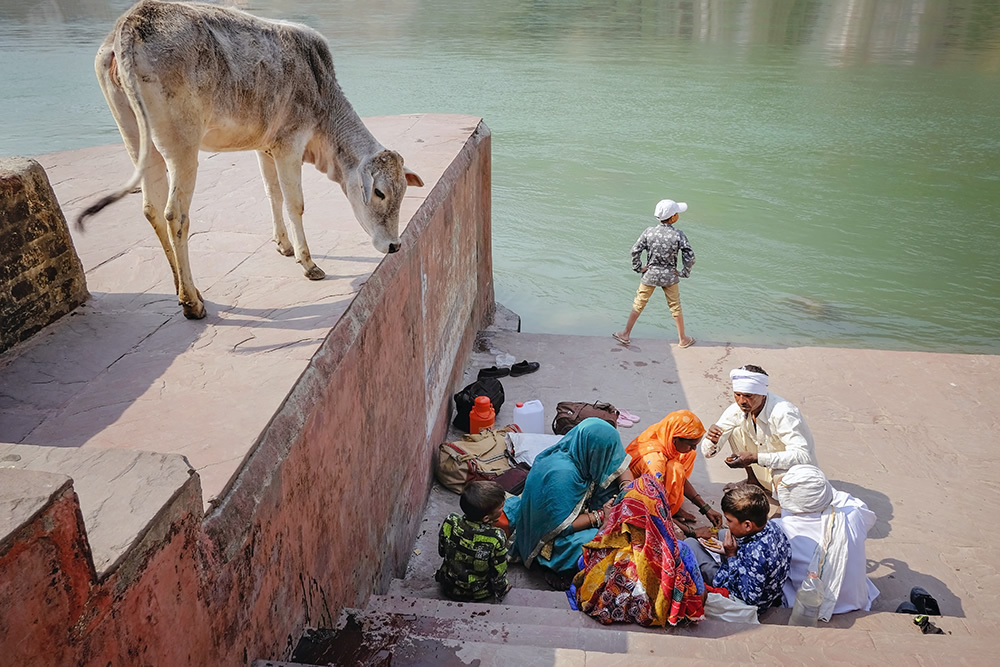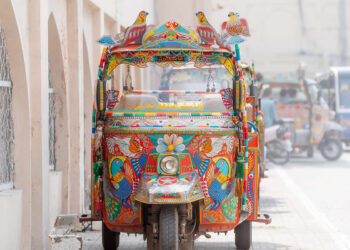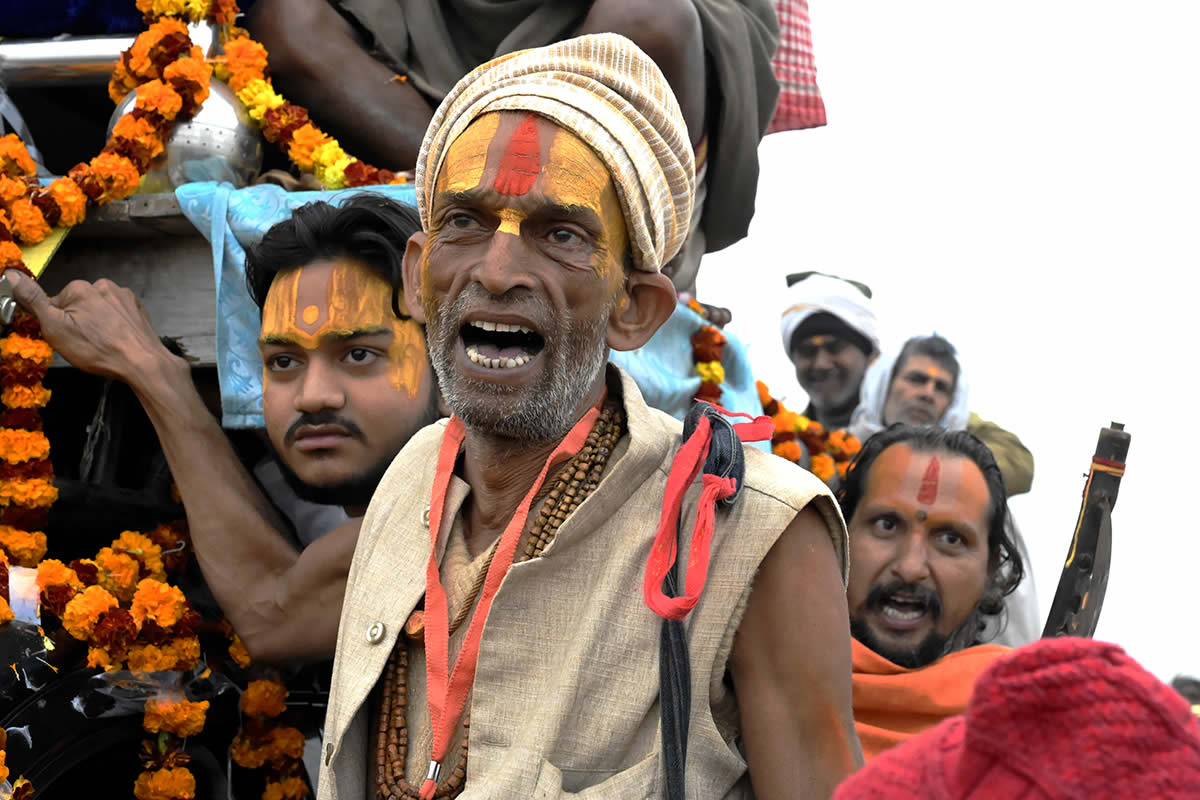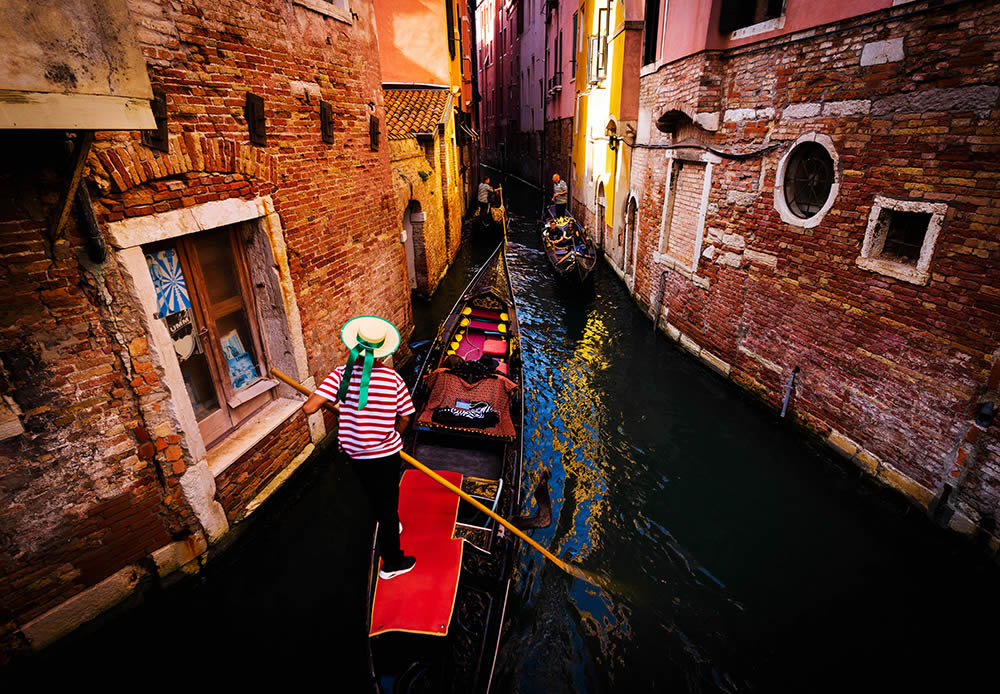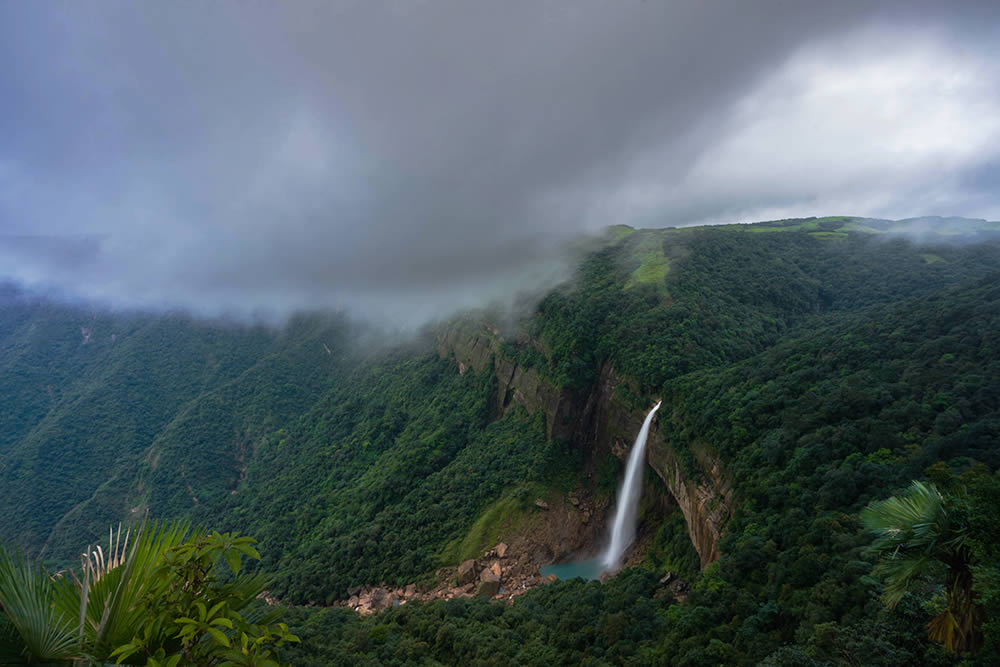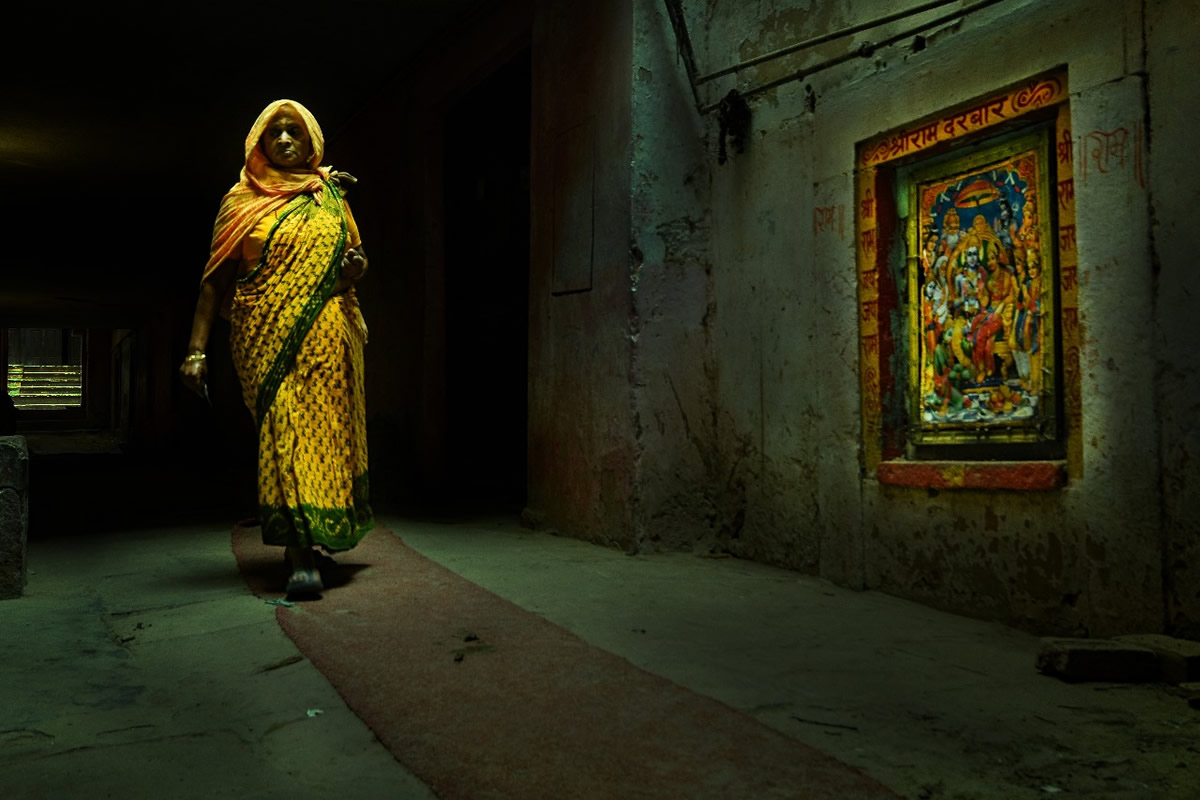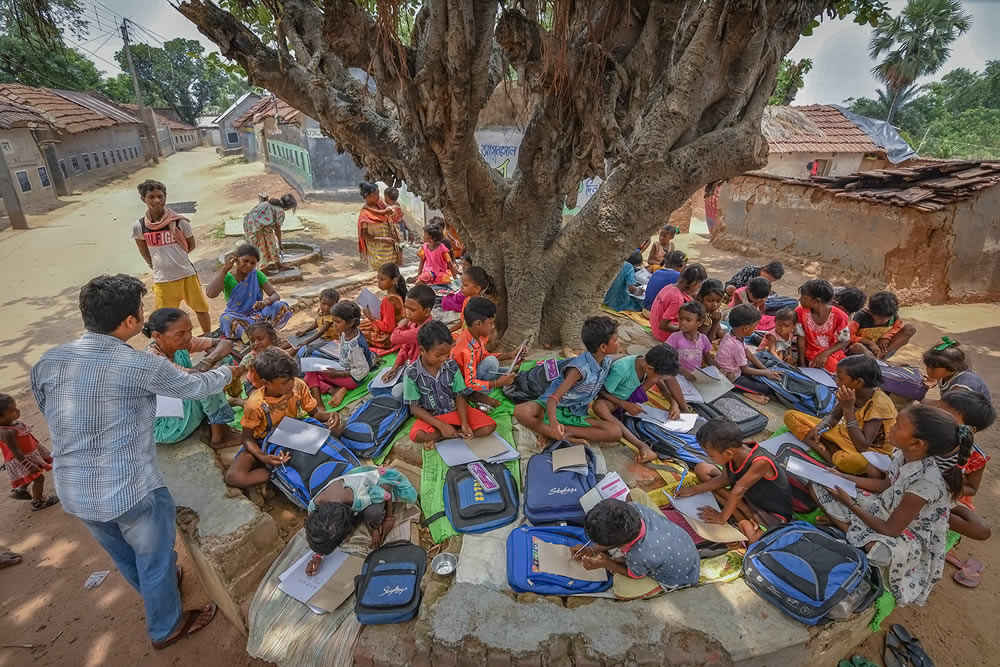Haridwar is one of the most popular Hindu pilgrimage places in India. It is also regarded as one amongst the seven holiest cities by Hindus. It is a place rich in culture and civilization which blend smoothly into each other giving this city a typical, rustic charm that is irresistible for many.
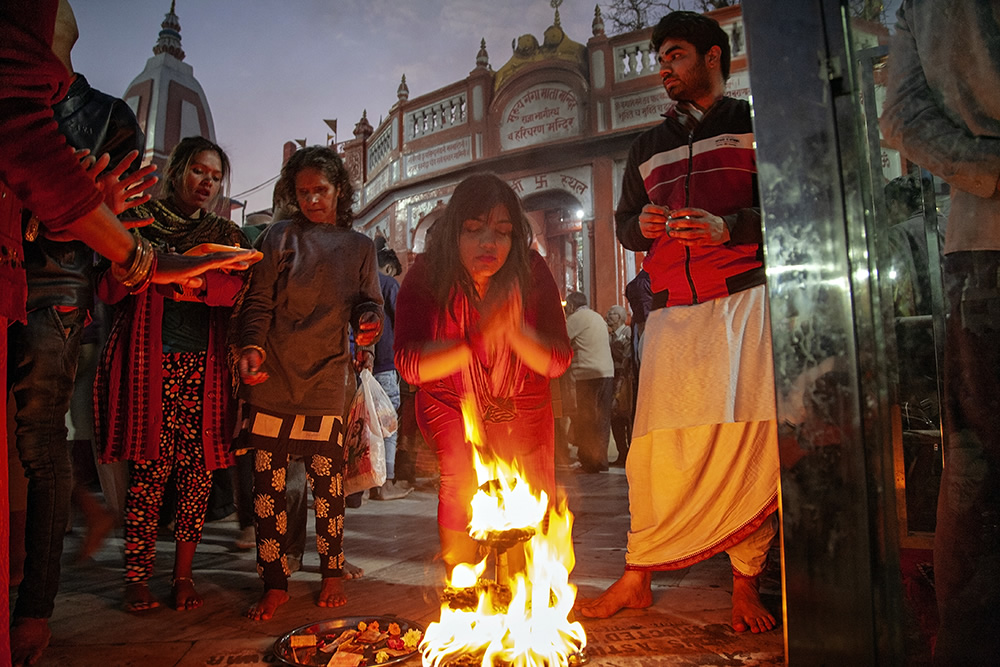
It is here that the Ganges finally leaves the mountains and enters the plains of North India. A major Shaktipeeth from time immemorial, the place is believed to have been sanctified by the powerful trinity of Hindu mythology – Brahma, Vishnu, and Mahesh. This is why the place has been an ever-refreshing mystic venue for the purification of the mind, body, and soul. From Haridwar onwards, one enters a world where most things are sacred – the cows on the road, the trees, the rivers, the stones, the sounds. Sacredness seems to be the overarching value with which everything seems to be measured here, all other pursuits are secondary. There are small temples of Gods and demi-gods every few meters along the roads and you can find Tirumala 300 Special Entry Darshan details here. Haridwar is also the entry point to the four main centers in Uttar Pradesh namely Badrinath, Kedarnath, Gangotri, and Yamunotri.
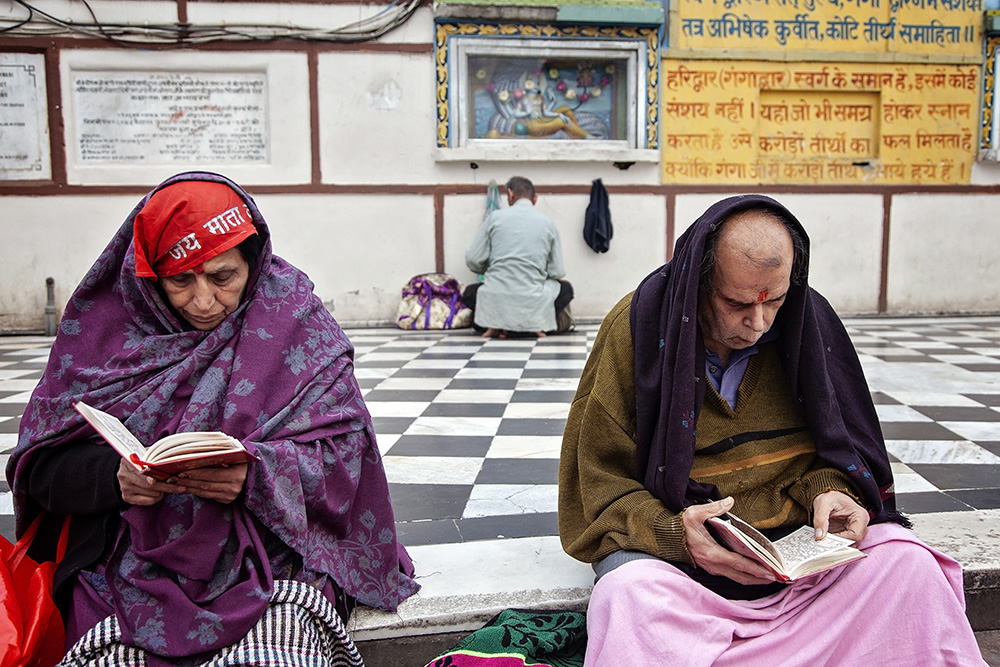
Another attraction that Haridwar offers is the Ganga Snan, a dip in the holy waters of river Ganga. Devout believers feel that they will attain salvation and go to heaven after a dip in the sacred Ganga at Haridwar. Haridwar is also one of the four venues of the Kumbh Mela.
Each evening as the sun’s last rays reflect off the boundless waters of Mother Ganga, people gather for Ganga Aarti at Har-Ki-Pauri Ghat. . It is a spectacular ceremony of fire and songs, participated and performed by thousands of people who gather here from all over the country. It is the belief that this one tract of the Ganges at Har-ki-Pauri has the power to wash away karmic sins and inch souls that much closer to god. Upon death, it is said the waters here carry the deceased’s ashes straight to Hari, the supreme god.
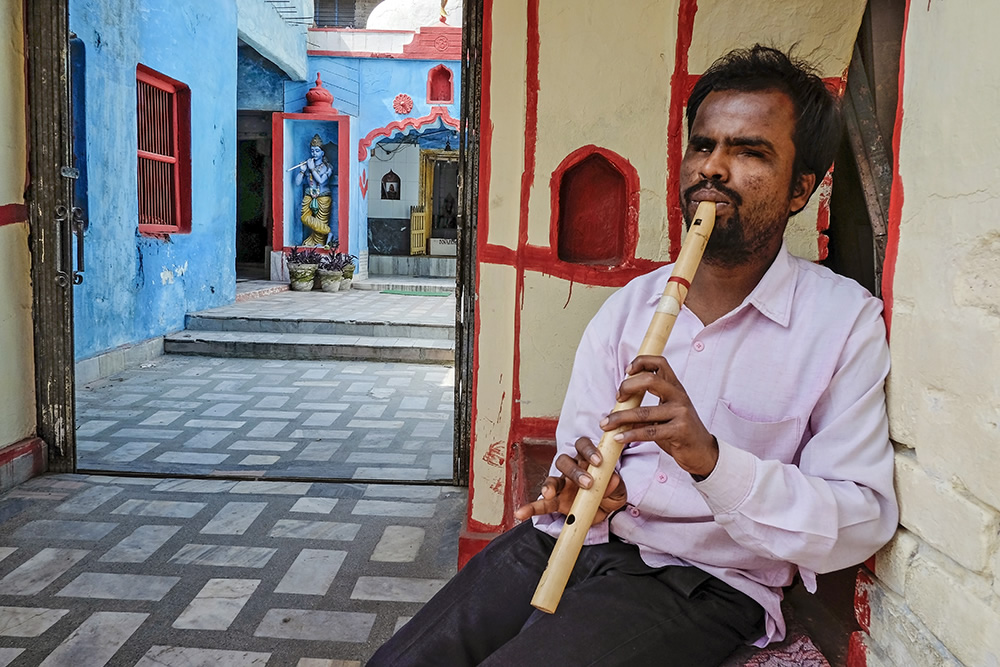
There are no questions in Haridwar. Nor any answers. Just an uncanny acceptance of the cycle of life.
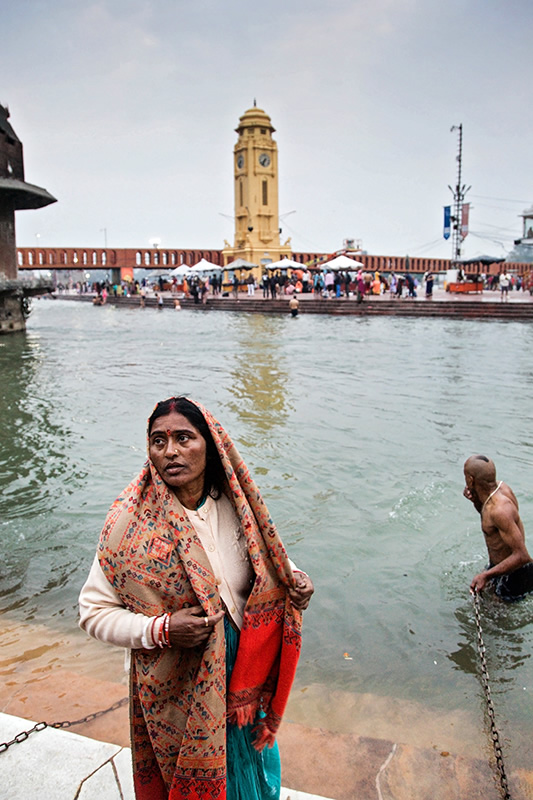
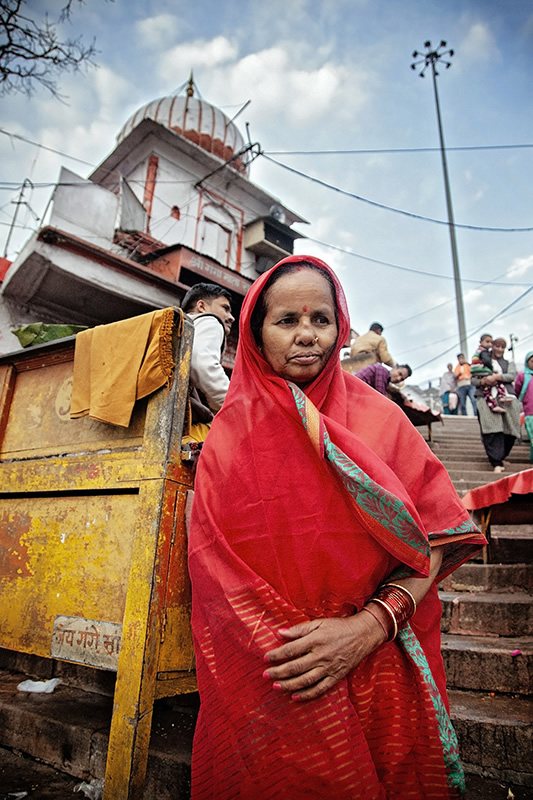
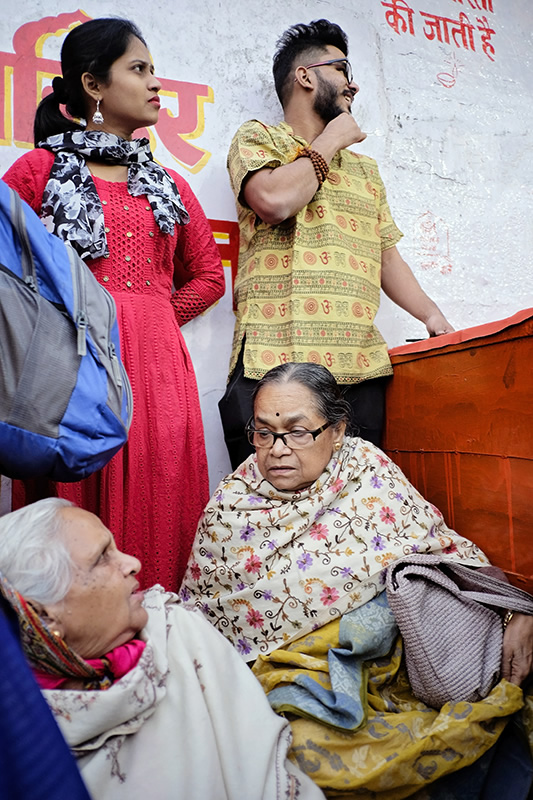
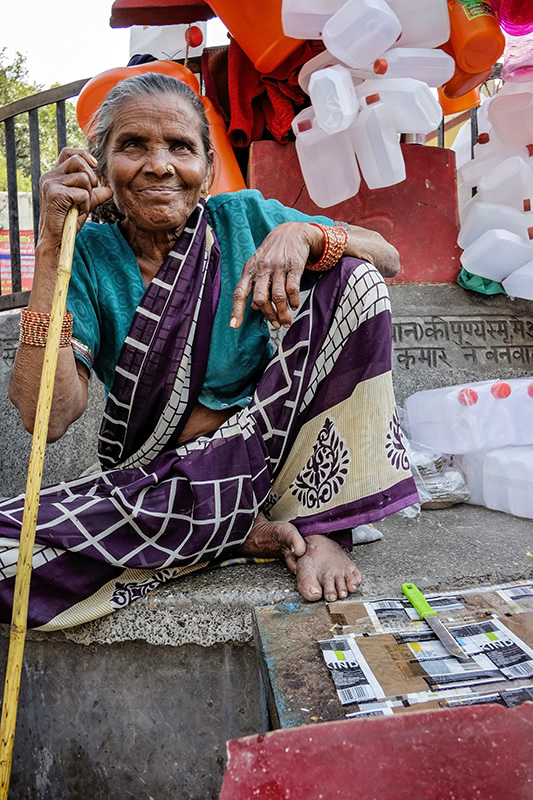
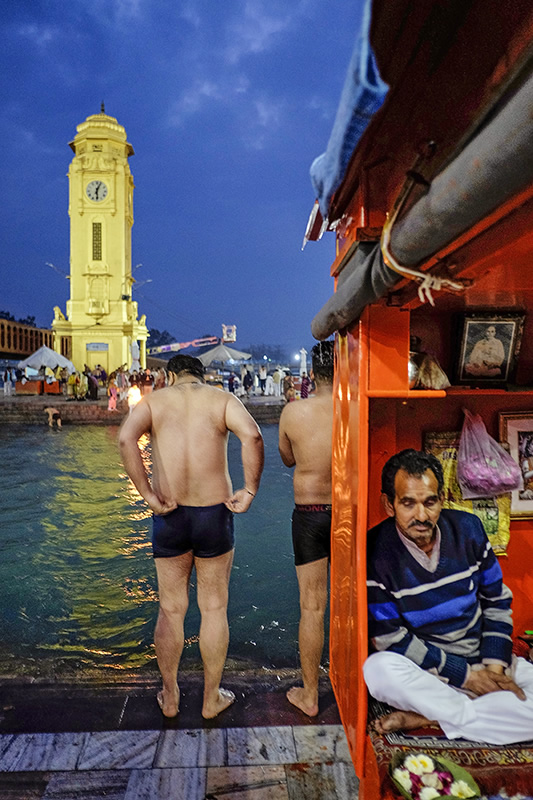
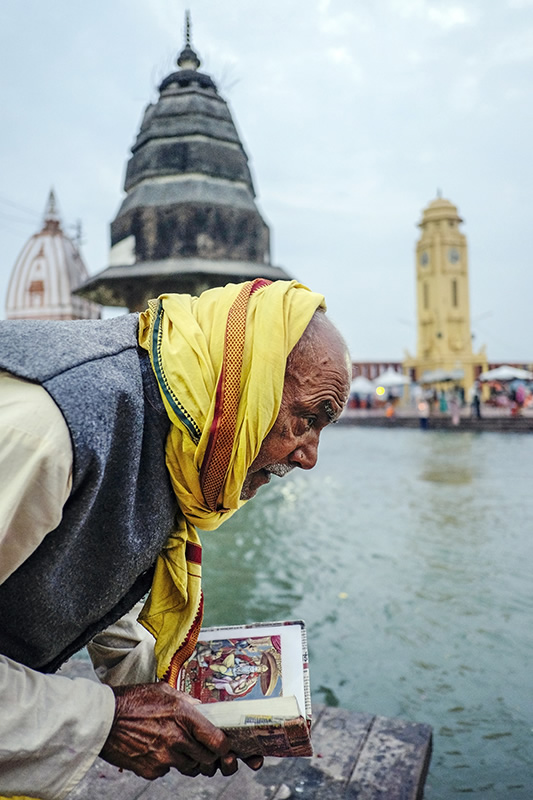
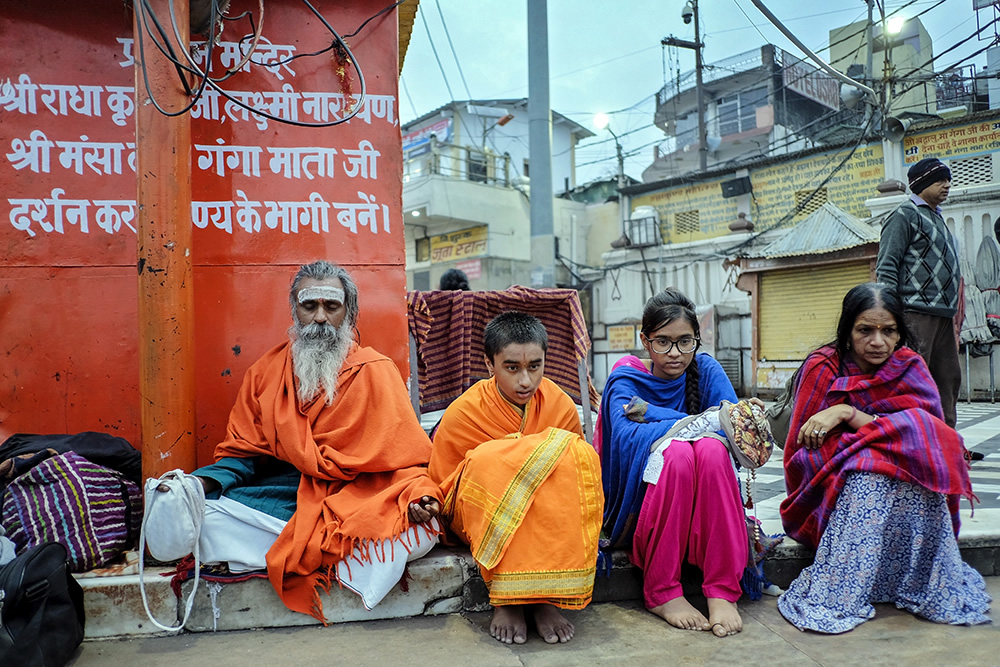

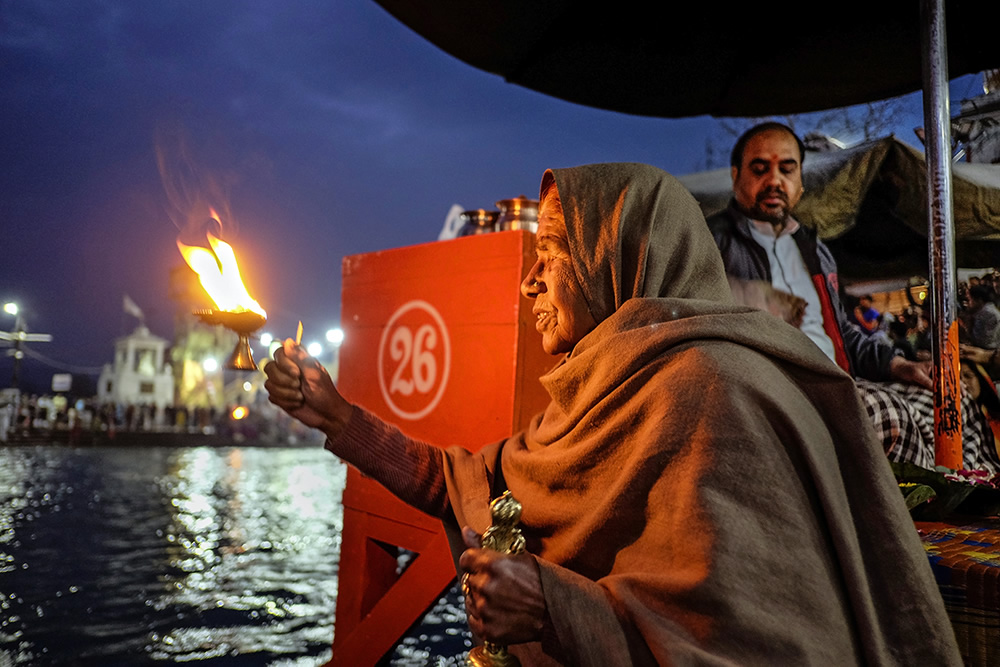
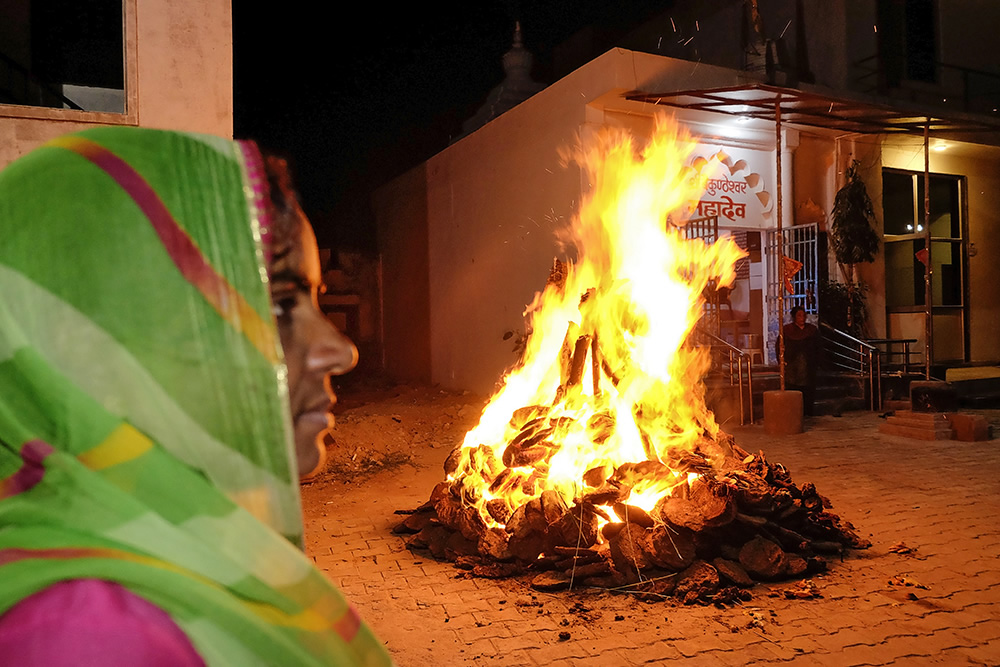
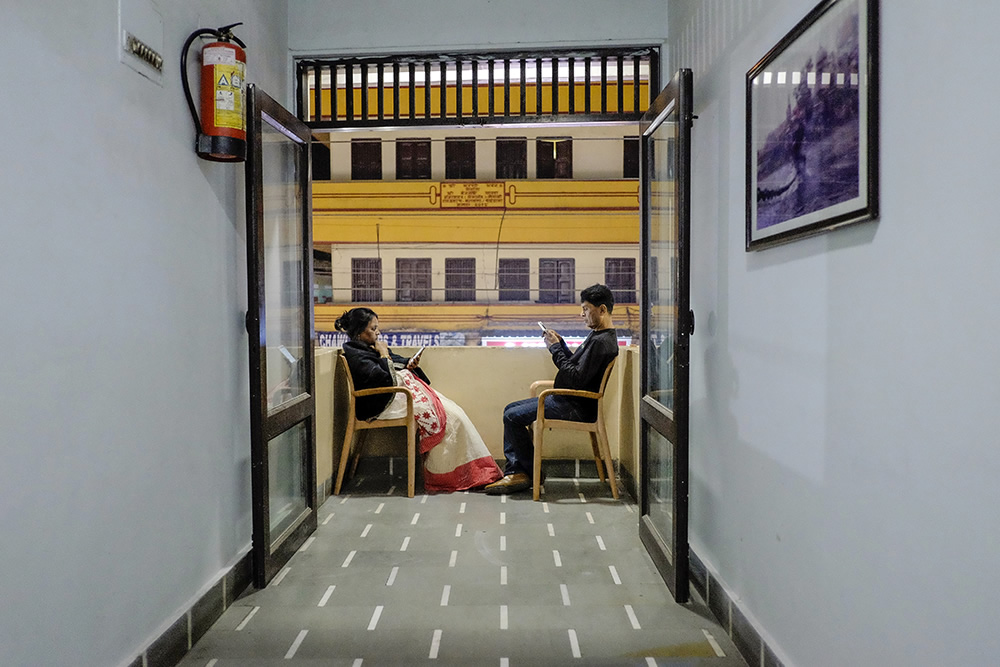
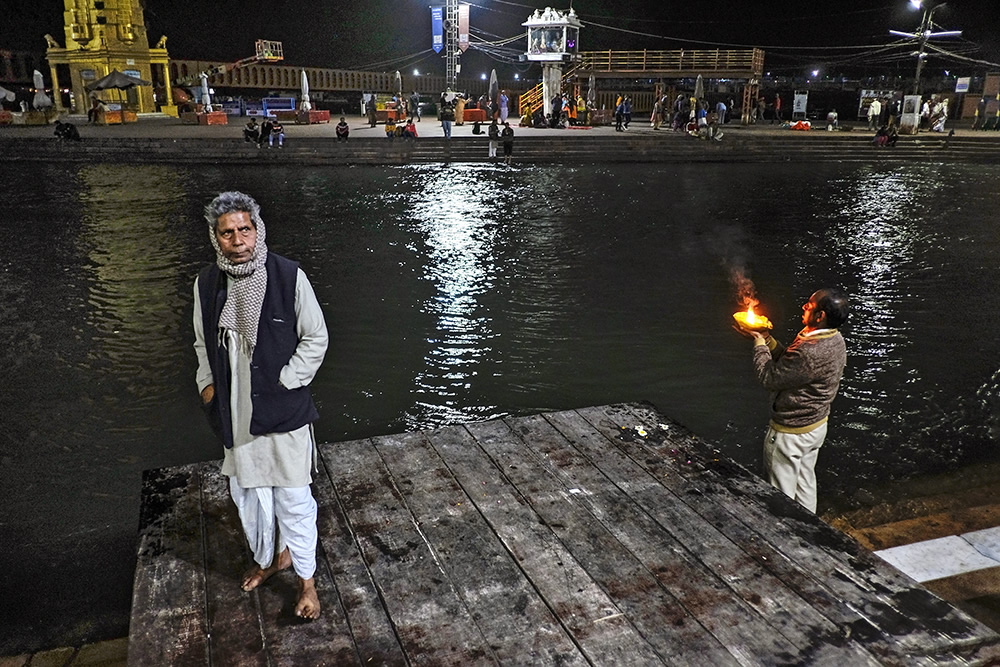
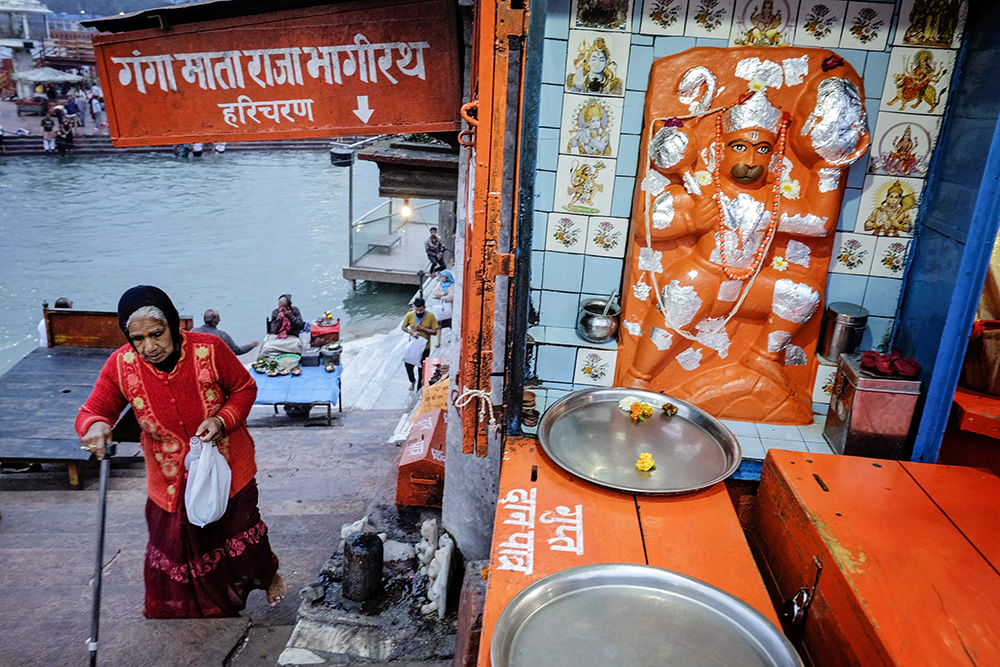
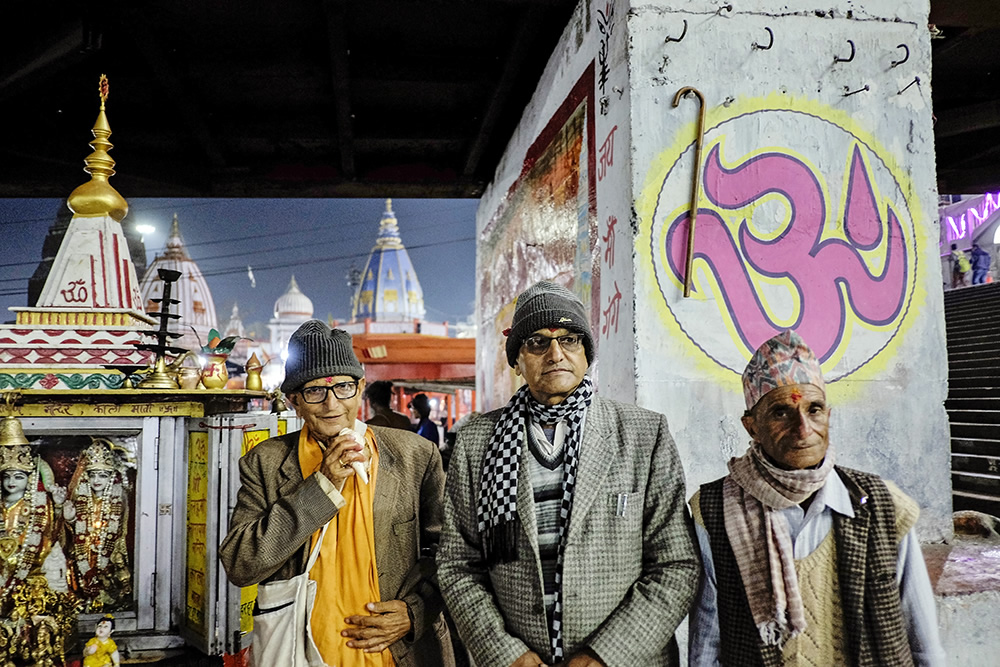

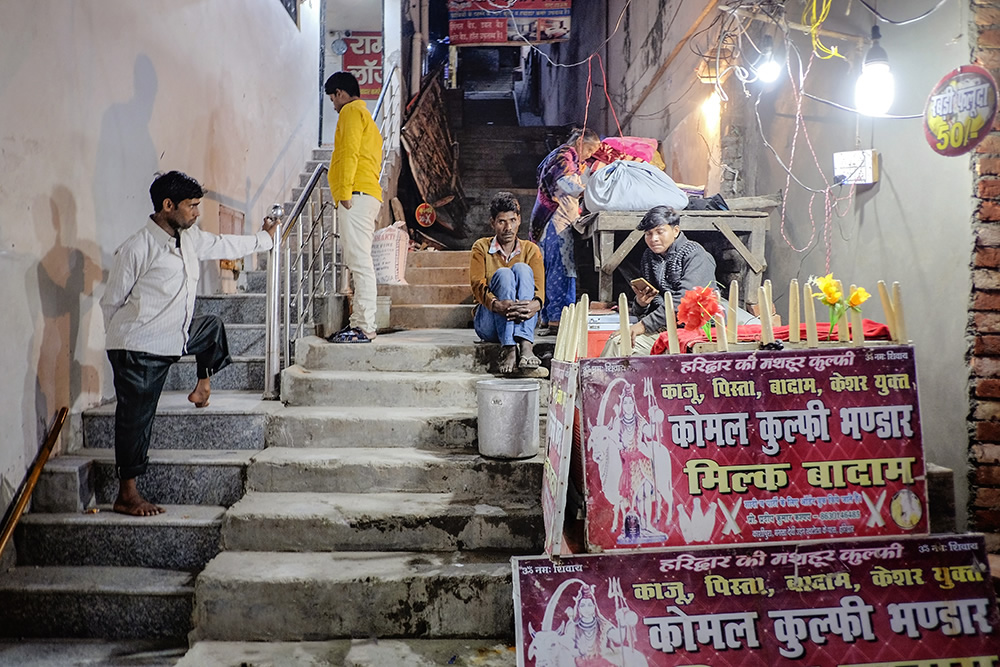
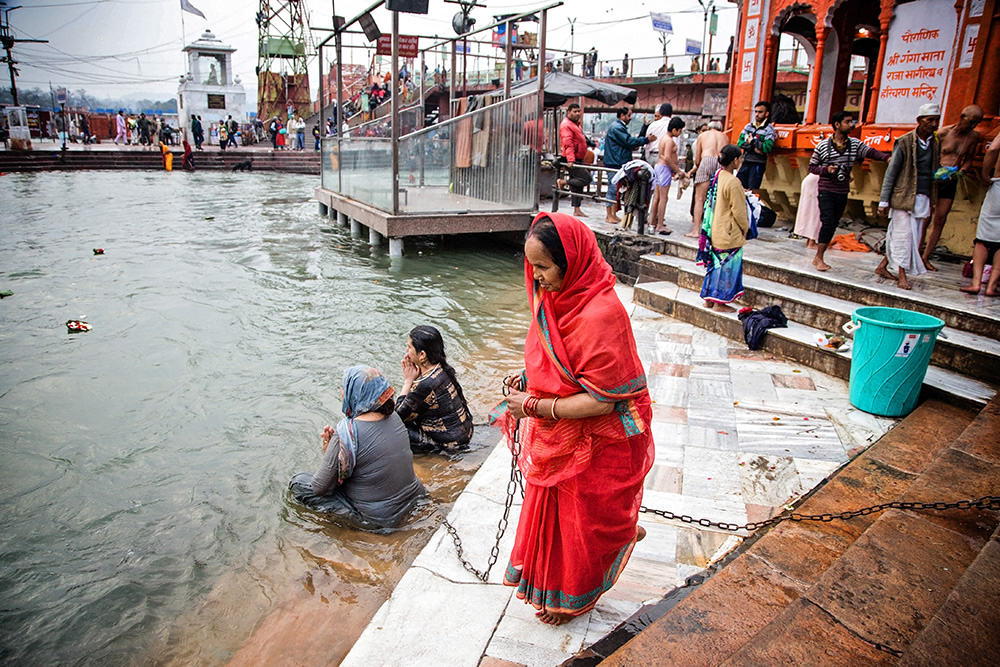
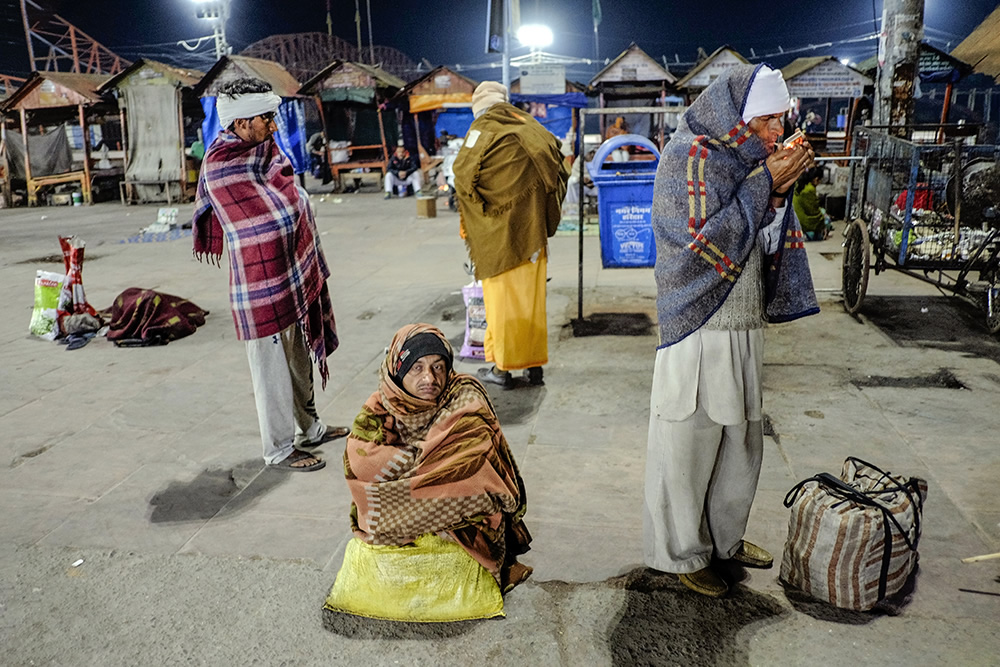
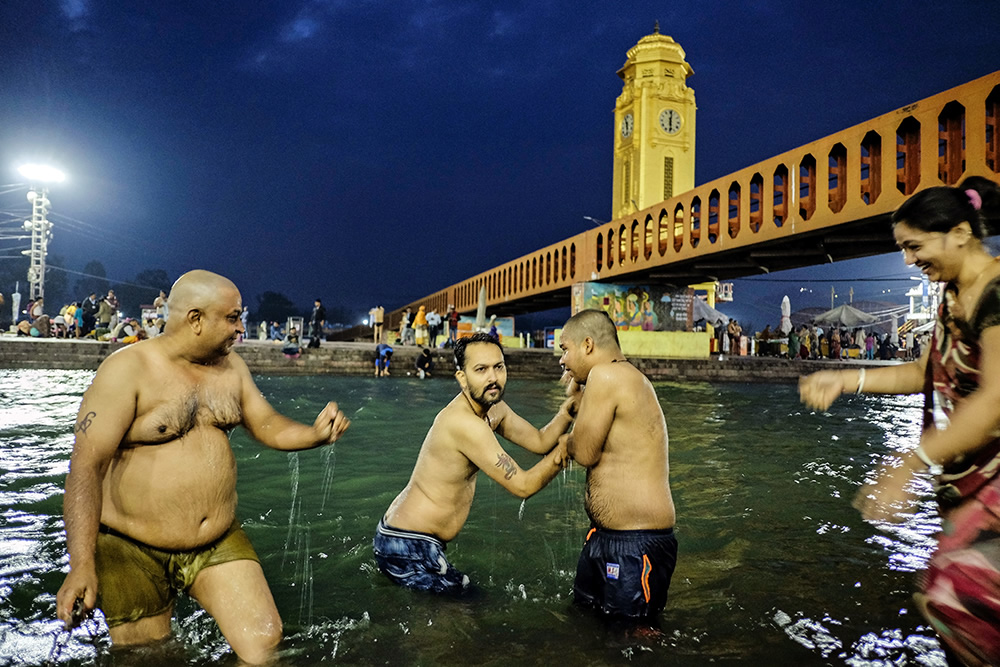
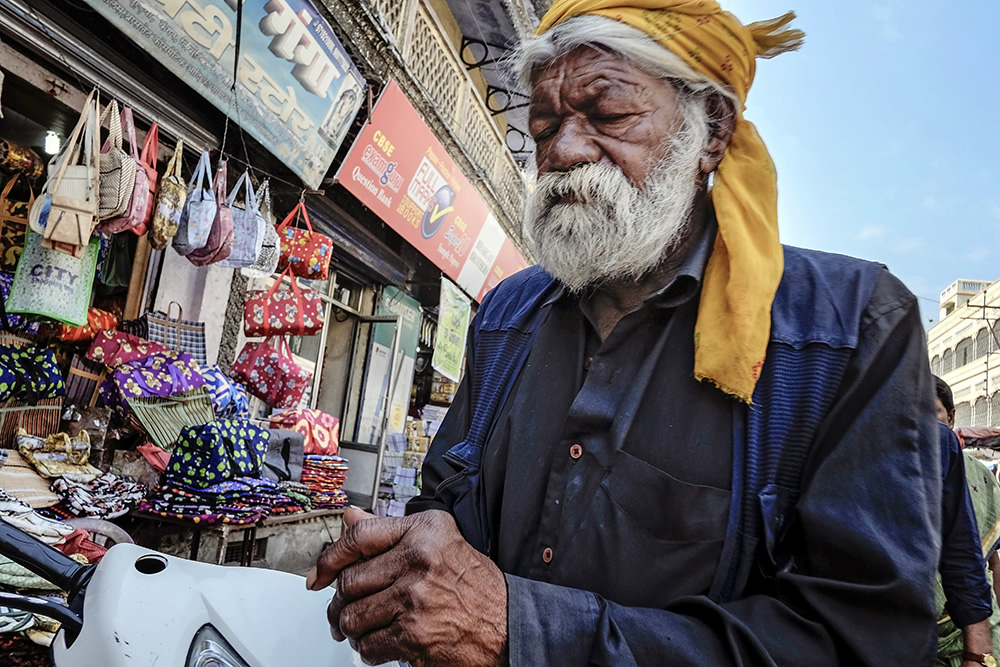
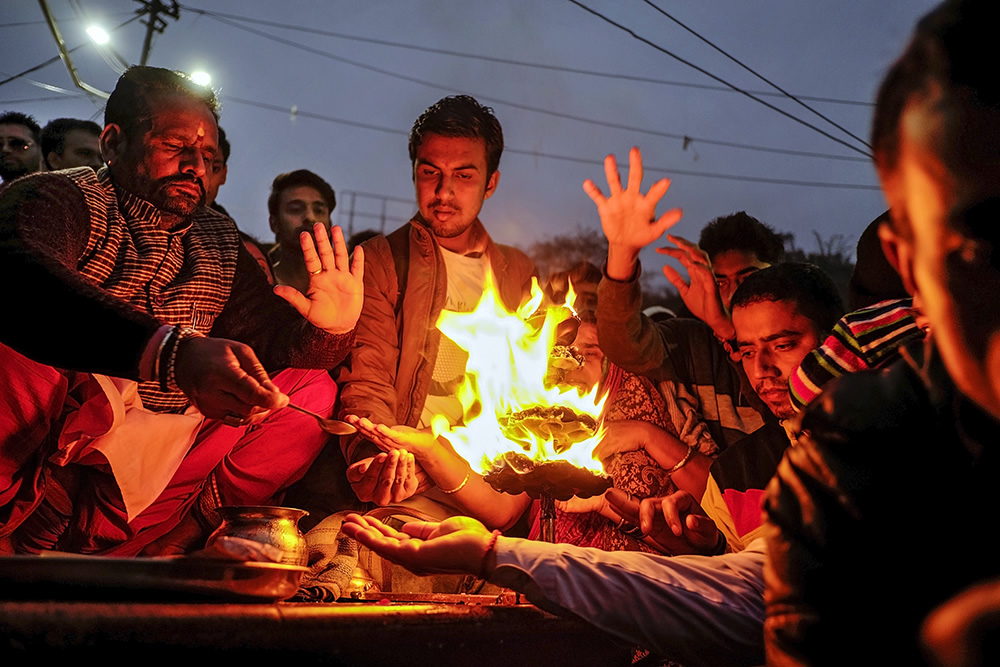
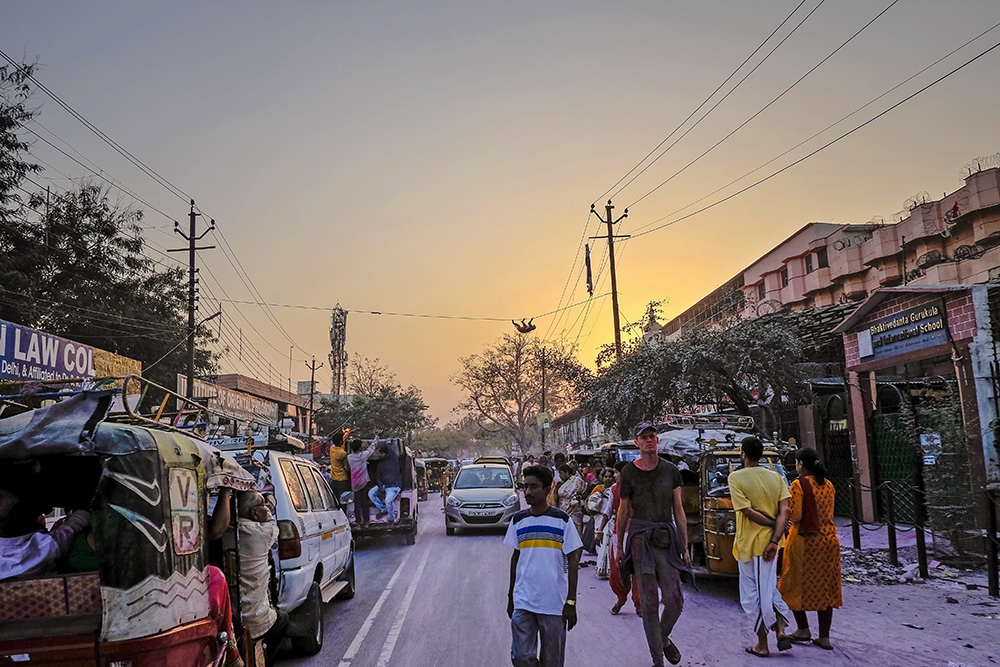
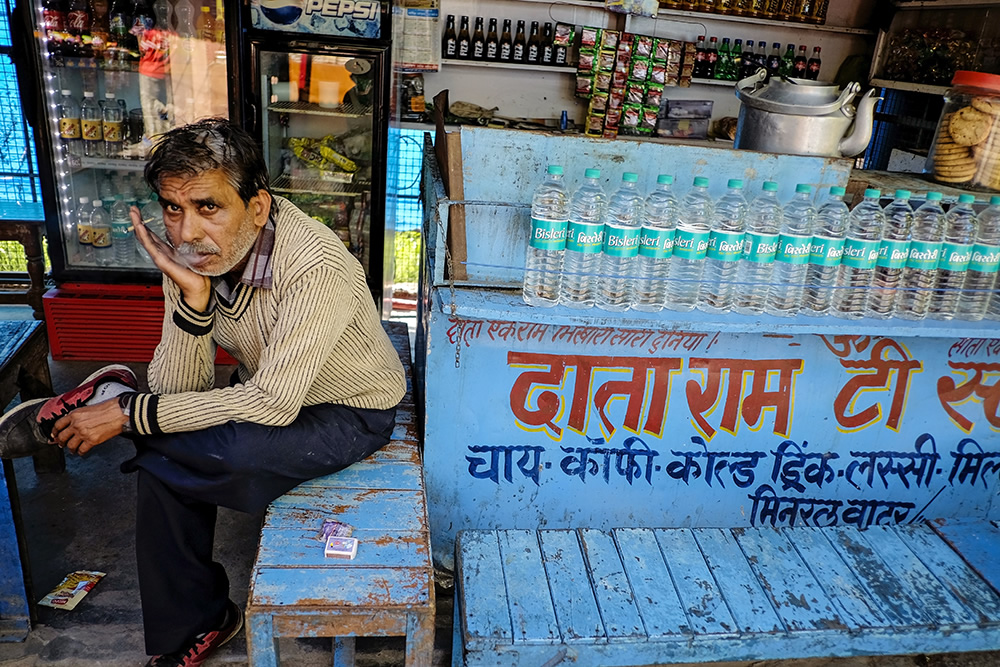
About Amlan Sanyal
My name is Amlan Sanyal. I am a teacher by profession and a freelance documentary photographer based in Siliguri, a small town in sub-Himalayan Bengal.
My interest in photography developed in 2008 while toying around with a compact digital camera. I haven’t stopped taking photographs since I got my first DSLR in 2009. I started taking pictures of strangers on the street. When I started doing this, I had no idea there was an entire genre devoted to it. I have been mostly self taught, drawing most of my education on photography by studying the work of great photographers in this genre. I’ve always been quite an observant person, liking to pay attention to small details. I strive to capture storytelling-images as well as insightful, emotion provoking yet, realistic sort of frames. I love capturing the colorful glimpses of the daily life in India. Street Photography/Documentary is my favorite way of looking at the world and taking photographs gives me the power to stop time, appreciate the truth of the moment and question myself.
Some of my memorable achievements was winning the POTM in Fotoflock, some publications in National Geographic Magazine, Showcase in Smart Photography Magazine, Asian Photography, PhotoPlus Magazine (UK), The DPhoto Inspiration & articles, few international digital salon acceptances. I have also received good placements and reviews in some competitions and my work has been published in various print and online magazines and blogs. I am also a contributor to Getty Images and National Geographic stock photography. But as a great success I consider recognition of people in social networks that follow and appreciate my work regular. Though a teacher by profession, I will always be a student when it comes to photography.
I think you should shoot what makes you happy, not what you think others want to see.

You can find Amlan Sanyal on the Web :
Copyrights:
All the pictures in this post are copyrighted Amlan Sanyal. Their reproduction, even in part, is forbidden without the explicit approval of the rightful owners.

